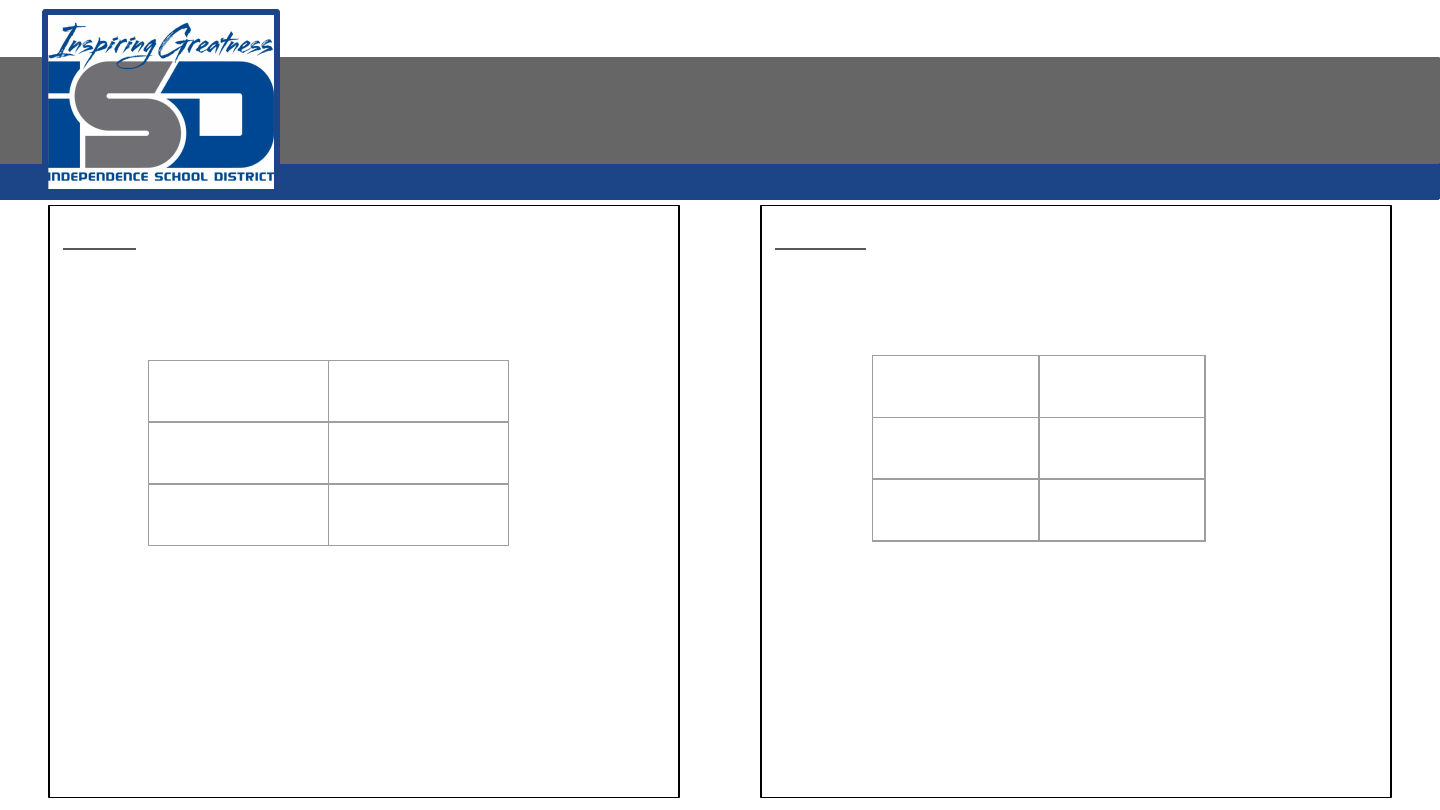

Lesson: May 13, 2020
Objective/Learning Target:
Students will will understand the difference between
Relative and Absolute cell references in Excel and Google
Sheets

Introduction
There are two types of cell references: relative and absolute. Relative and absolute references behave
differently when copied and filled to other cells. Relative references change when a formula is copied
to another cell. Absolute references, on the other hand, remain constant no matter where they are
copied.

Relative References
By default, all cell references are relative references. When copied across multiple cells, they change based on the relative position of rows
and columns. For example, if you copy the formula =A1+B1 from row 1 to row 2, the formula will become =A2+B2. Relative references are
especially convenient whenever you need to repeat the same calculation across multiple rows or columns.

To Create and Copy a Formula using Relative References
In the following example, we want to create a formula that will multiply each item's price by the quantity. Instead of creating a new formula for
each row, we can create a single formula in cell D4 and then copy it to the other rows. We'll use relative references so the formula calculates
the total for each item correctly (Excel - Left; Google Sheets - Right)
1. Select the cell that will contain the formula. In our example, we'll select cell D4.
2. Enter the formula to calculate the desired value. In our example, we'll type=B4*C4.
3. Press Enter on your keyboard. The formula will be calculated, and the result will be displayed in the cell.
4. Select the cell you want to copy. In our example, we'll select cell D4. The fill handle will appear in the bottom-right corner of the cell.
5. Click and drag the fill handle over the cells you want to fill. In our example, we'll select cells D5:D13.
6. Release the mouse. The formula will be copied to the selected cells with relative references, displaying the result in each cell.

Absolute Cell References
There may be times when you do not want a cell reference to change when copying or filling cells. You can use an absolute reference
to keep a row and/or column constant in the formula.
An absolute reference is designated in the formula by the addition of a dollar sign ($). It can precede the column reference, the row
reference, or both.
You will most likely use the $A$2 format when creating formulas that contain absolute references. The other two formats are used
much less often.

To Create and Copy a Formula using Absolute References
In the example below, we're going to use cell E2 (which contains the tax rate at 7.5%) to calculate the sales tax for each item in column D. To
make sure the reference to the tax rate stays constant—even when the formula is copied and filled to other cells—we'll need to make cell
$E$2 an absolute reference. (Excel - Left; Google Sheets - Right)
1. Select the cell that will contain the formula. In our example, we'll select cell D4.
2. Enter the formula to calculate the desired value. In our example, we'll type =(B4*C4)*$E$2, making $E$2 an absolute reference.
3. Press Enter on your keyboard. The formula will calculate, and the result will display in the cell.
4. Select the cell you want to copy. In our example, we'll select cell D4. The fill handle will appear in the bottom-right corner of the cell.
5. Click and drag the fill handle over the cells you want to fill (cells D5:D13 in our example).
6. Release the mouse. The formula will be copied to the selected cells with an absolute reference, and the values will be calculated in
each cell.

Challenge
Excel
1. Open Excel 2016.
2. Enter the following into the designated Cells
3. Use the fill handle to copy the same numbers into cells B1
through B3 and C1 through C3
4. In cell A4, enter a formula that multiplies B3, C3, and A3.
5. Use the fill handle to copy the formula you just created to
cells D5:D12.
6. In Cell A5, enter a formula that adds A1, B2 and C3
Sheets
1. Open Google Sheets and create a new blank spreadsheet.
2. Enter the following into the designated Cells
3. Use the fill handle to copy the same numbers into cells B1
through B3 and C1 through C3
4. In cell A4, enter a formula that multiplies B3, C3, and A3.
5. Use the fill handle to copy the formula you just created to
cells D5:D12.
6. In Cell A5, enter a formula that adds A1, B2 and C3
A1 10
A2 2
A3 5
A1 10
A2 2
A3 5


